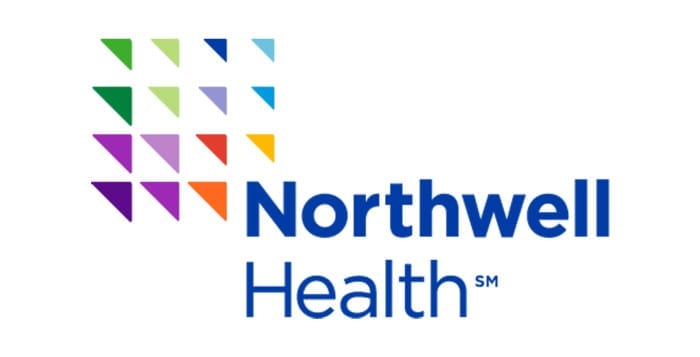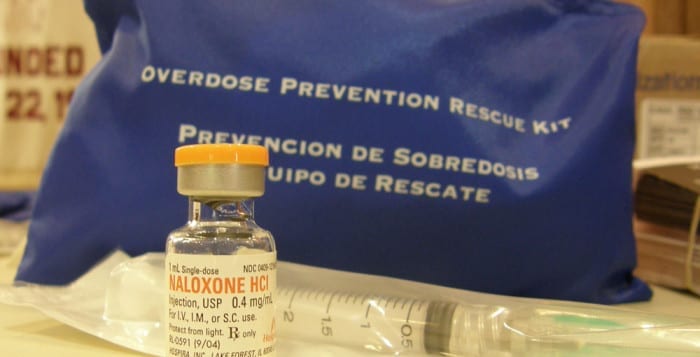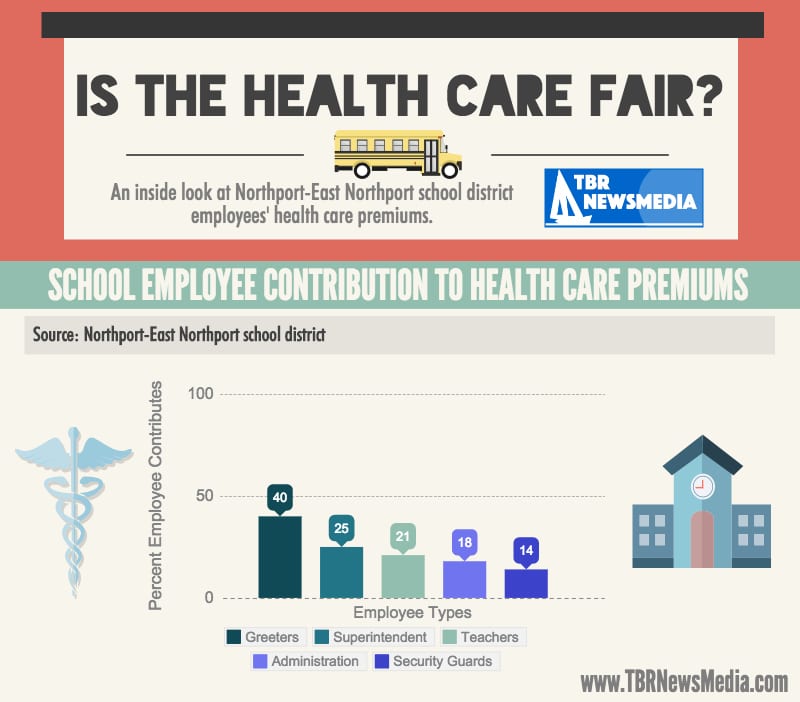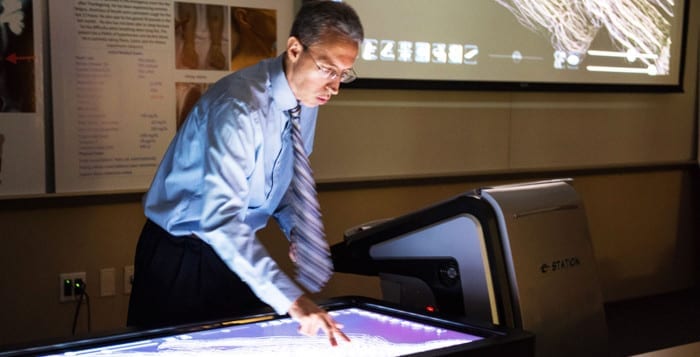After four decades the government is finally updating the Toxic Substances Control Act of 1976 with partial thanks to Brookhaven Town officials.
President Gerald Ford signed the act decades ago to regulate the introduction of new chemicals into society, excluding those found in food, pesticides, tobacco, firearms, drugs and cosmetics. The act gave the United States Environmental Protection Agency the authority to require documentation of chemical substances to determine if the chemical is hazardous to humans. The 62,000 chemicals that existed before 1976 were grandfathered into the act and deemed safe for humans and the act wasn’t updated until last year.
The government amended the act with Toxic Substances Control Modernization Act of 2015. Its bill, the Frank R. Lautenberg Chemical Safety for the 21st Century Act updates the act and requires the EPA to establish a risk-based screening process for new chemicals. Supervisor Ed Romaine (R) and his fellow town board officials proposed the bill, which states the EPA must determine if a certain amount of old or new chemicals are safe for humans by a certain deadline. The EPA will reprimand manufacturers who don’t comply with safety requirements by restricting or prohibiting the creation, processing, distribution and disposal of new chemicals.
The EPA did not return requests seeking comment by press time.
According to Romaine, the uptick in cancer cases, particularly breast cancer on the North Shore, over the years was troubling. With advancements in science and technology scientists have found that some of the chemicals previously deemed as safe actually pose potential health risks for humans. This includes development of cancers and endocrine and immune system-related complications among other issues.
“We have a concern about the high rates of cancer in children and we’re concerned because people are trying to get answers,” Romaine said.
There were around 142.7 cases of cancer in Suffolk County between 2000 and 2004 according to the National Cancer Institute. The cases increased to around 528 per 100,000 people between 2008 and 2012 according to the cancer institute’s State Cancer Profiles.
County Legislator Sarah Anker (D-Mount Sinai), who has focused on the environment and its health effects for more than a decade, said these chemicals could be particularly harmful to children and their health.
“When you’re exposed to something when you’re growing up … it stays in your body,” Anker said. “As you get older something may set off the cancer…It takes decades sometimes for cancer to evolve.”
In a 2008-2009 study from the United States Department of Health and Human Services, scientists found 300 pollutants in the umbilical cord blood of newborn babies. According to the study, children are more vulnerable to chemical pollutants in the environment because of their size and poorer immune systems.
According to Rep. Lee Zeldin (R-Shirley) these chemicals are found in everyday products like soaps and toothpastes among other items used on a daily basis. There are around 85,000 chemicals that are currently in use. But Zeldin said “the flaws in TSCA have left many of these new chemicals untested and unregulated.”
While Zeldin said the government should update important bills like TSCA, it’s common for some acts to go untouched for several years while others are updated almost annually.
“There are certainly examples of both extremes,” Zeldin said. “TSCA happens to be an example of one of those bills that really should have been updated many years ago, if not decades ago.”








 “It’s important to consistently remind yourself of why the goal is important,” said Gonzalez. “So it’s building up motivation in your mind, and sometimes we will recommend that people put Post-its around that might have motivational statements on it or something that’s very personal or relevant to them to remind them of why this goal is important.”
“It’s important to consistently remind yourself of why the goal is important,” said Gonzalez. “So it’s building up motivation in your mind, and sometimes we will recommend that people put Post-its around that might have motivational statements on it or something that’s very personal or relevant to them to remind them of why this goal is important.”







